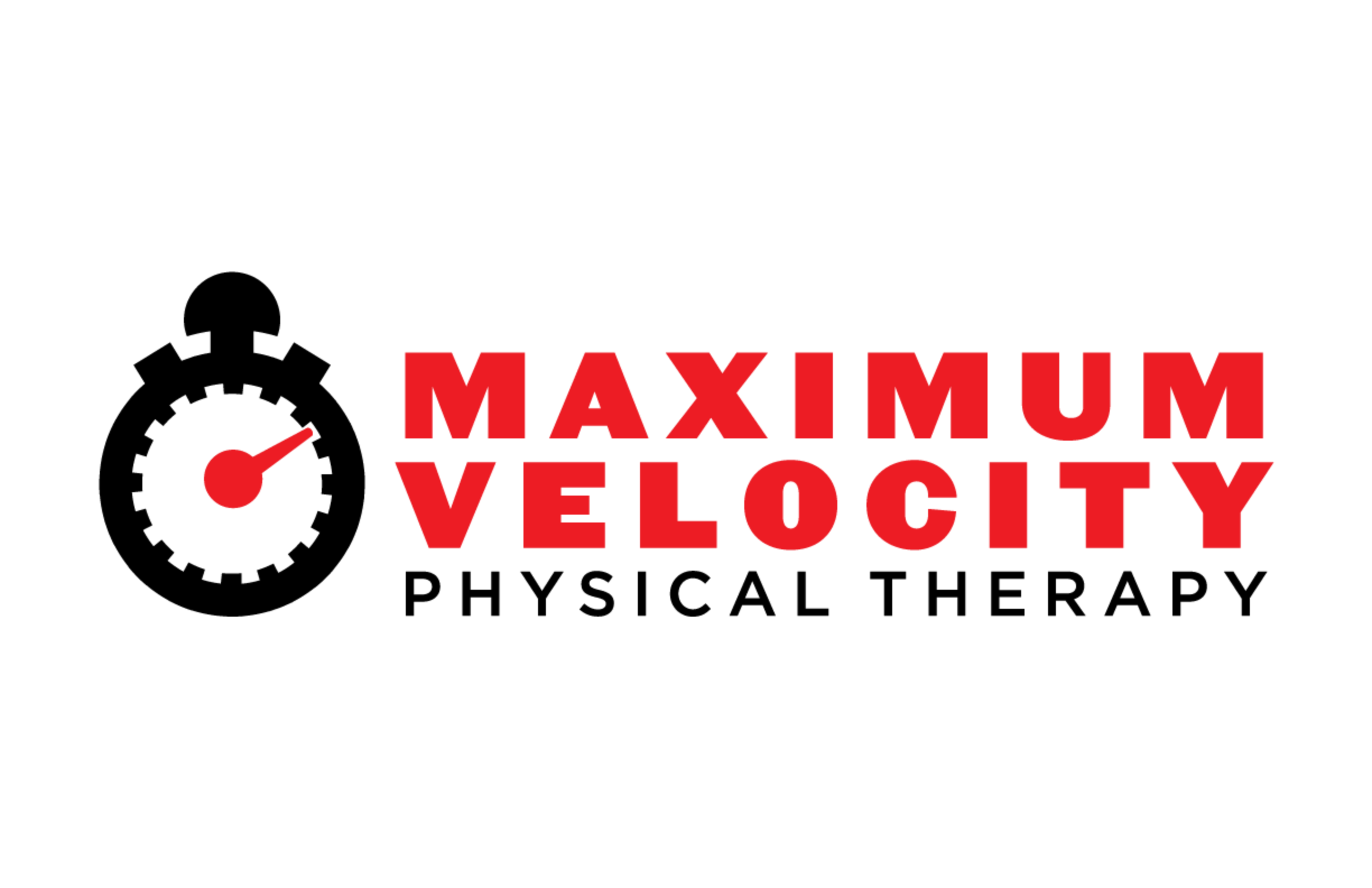Hard Exercise Alone is Not Performance Training
In our effort to improve our athletic ability, we often find ourselves pursuing difficult workouts, tough exercises, and some strange gadgets in the hopes of improving strength and performance. Battle ropes, TRX or suspension training, bosu ball, hypoxic mask, recovery boots, cold chambers, and most other “gadgets” are simply not worth your time. “I feel so tired, I sweat so much, and I am SO sore. That MUST mean I’m getting stronger and better.” The truth is, that is not the case. After all, if you ask a fish (who wants to race in swimming) to learn to climb trees he or she would be awfully tired and sore, but it would not help him swim. Instead, he or she would benefit from fin muscle strengthening, applying that strengthening to swimming mechanics, and then train swimming in a way that allows for integration of the fin strength, new mechanical skills, and cardiovascular system to swim faster. The same is true for you, unless you are working the right muscles in a planned and coordinated way, you may be working hard at the wrong things and see no improvement in your performance.
The key to performance training is progression.
If you show up on your first day of a training program, and you are doing the same workout someone in the class has done for weeks or months, proceed with caution. Lower weight, proper form, and less time followed by progressive increases in both weight and time is more appropriate for the beginner or newcomer. Plan the training for the individual. Each athlete brings a different training and injury past and has different goals. Placing them in the same group can create problems if the individual does not fit the profile of the class structure. Strength has to be progressed, technique has to be progressed, and the athlete must be eased into the program.
Train Smarter
Cross training with strength training can be the athletes feather in cap. It can be the difference between injured or not injured, first or second place. If you train with faulty mechanics you will perform with faulty mechanics. If you load faulty mechanics with resistance then your body will only know 1 way to move; faulty. If you have poor shoulder stability and that is limiting swimming or throwing and you do some battle ropes or closed chain exercises (TRX), you will facilitate poor mechanics. Effectively you will be stronger at faulty mechanics or there will be no carry over from workout to performance in any way. Your time is valuable and training is not cheap. For the overwhelming majority of the time, training for an open chain activity (throwing) should not include closed chain activities (TRX or the like.) The foams, bosu balls, and other wobbly surfaces have no impact whatsoever on balance. The way your muscles fire during these balance activities is NOT the same as the way you function. Your brain uses 2 different mechanisms to get those jobs done. The hypoxic mask sure does make training harder but altitude effects are nil. You must sleep at elevation to get the changes they are looking for. A silly mask is not going to cut it. There is no evidence these recovery boots or sold chambers are any better than sleep or active recovery. There is absolutely no replacement of hard work, proper nutrition, and good rest. Training has to be broken down into what joints do that motion, which muscles move those joints and how do we learn to control them at higher speeds.
Your time and money are valuable. There is no replacement for hard work.
At MVPT, we have spent countless hours with 1000s of injured people. We have read 1000s of studies comparing different treatments or exercise interventions. Wouldn’t you like to work with someone who has 90% of his clients are runners in some form? We can tell you the effect your recovery, training, and equipment have on your body. We arm athletes with knowledge of why they feel what they feel, what they have to do to change how they feel, and what they have to do to keep themselves from feeling that again. Whether that is injury or performance, it’s the same. We understand what traps athletes can fall into, and we have experience treating those problems. What if we applied the treatments to the body BEFORE they got injured? That’s where the performance comes in. THE INJURY PREVENTION STUFF IS THE PERFORMANCE STUFF. Chronically injured? Plateaued? Most likely your problem is orthopedic. Not YOU. It’s outside of your range to fix. A performance oriented physical therapist with the tools to teach you how to reach your maximum potential or in this case your maximum velocity is invaluable. Let us streamline you. Go to www.maxvelocityPT.com or call 702-998-2900 to make an appointment today.
